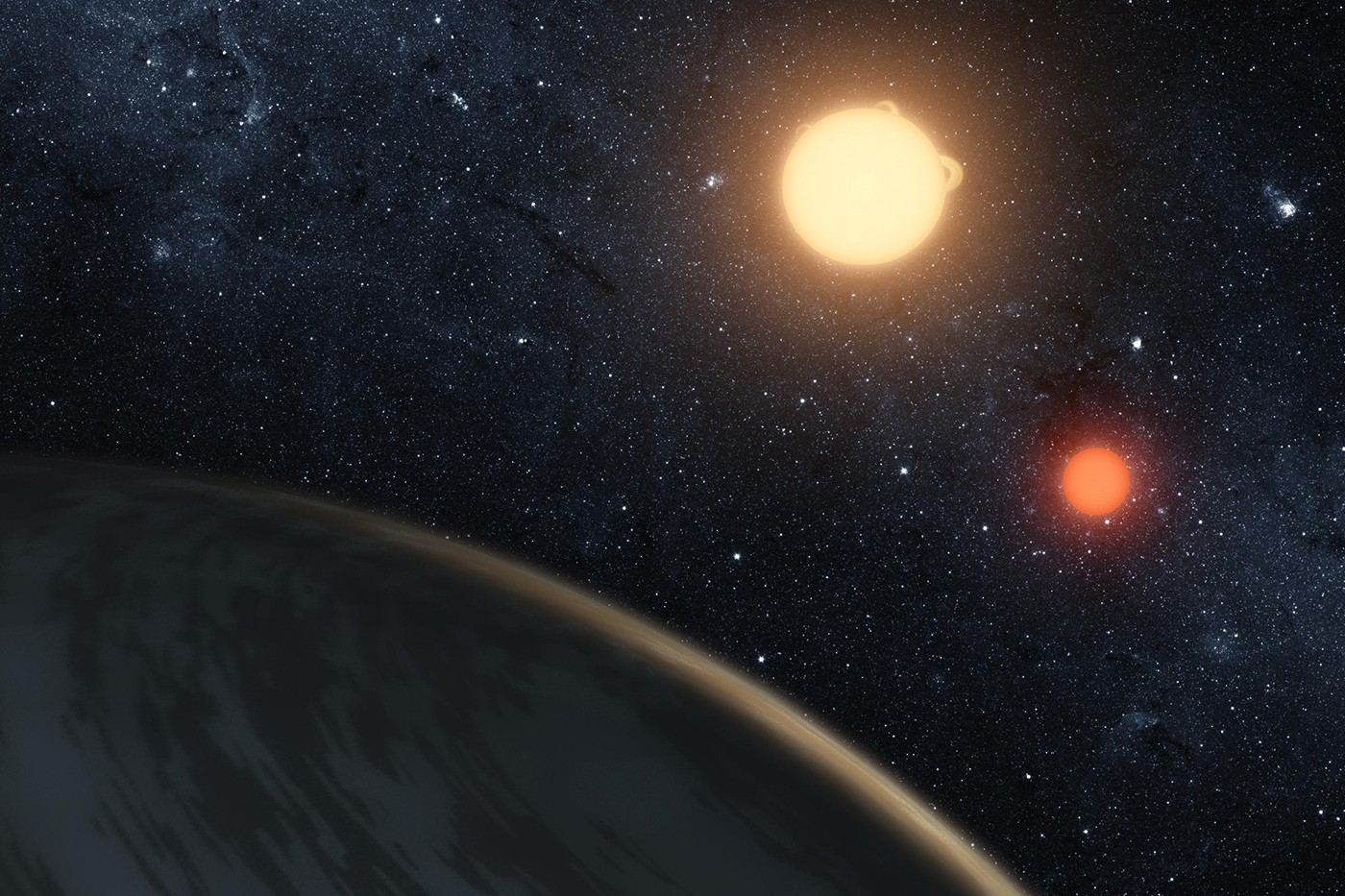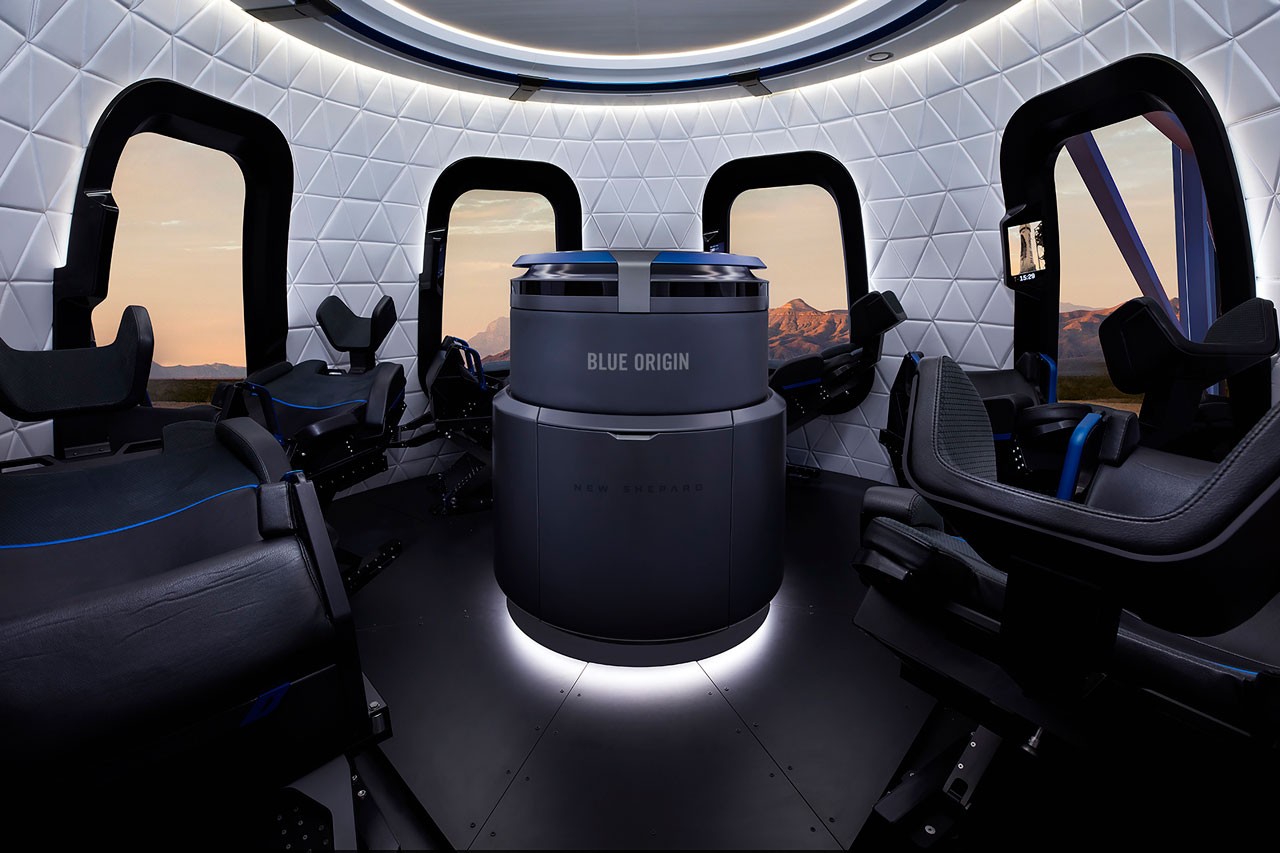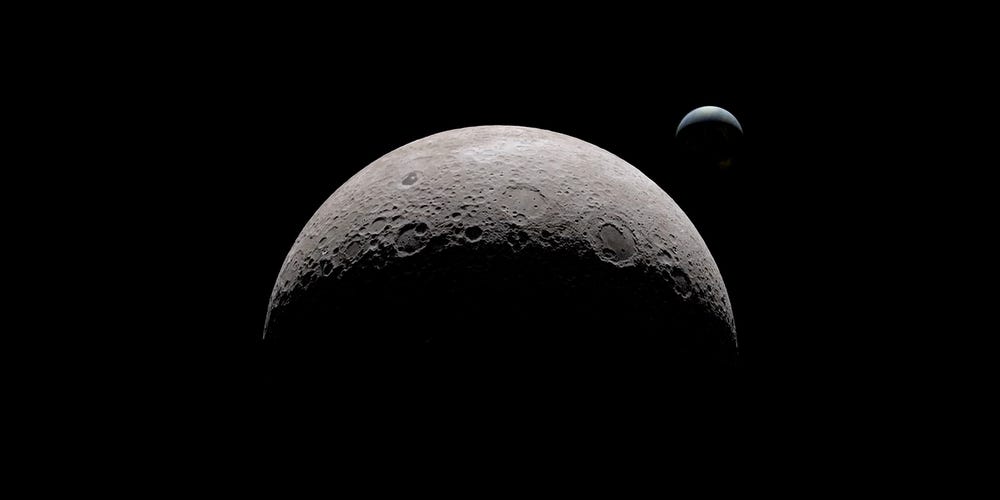There are more potentially habitable planets than we’ve ever thought.
NASA’s Kepler space telescope has identified at least 300 million planets in the galaxy that are potentially habitable, with at least four exoplanets within 30 light-years of the Earth’s sun.
NASA revealed in a new article found on the NASA website that a number of these habitable planets — referred to as exoplanets — could be our “interstellar” neighbors. Like mentioned, at least four of those exoplanets are incredibly close, at just 30 light-years from the Sun, the closest being 20 light-years away.
When it comes to determining the ‘habitability’ of the exoplanet, several factors are considered, such as the ability to support liquid water, a radius that is 0.5 and 1.5 times of the Earth’s, the planet’s terrain and how rocky it is, the similarity of the Earth’s Sun to the planet’s star in terms of age and temperature and, finally, the amount of light given off by the star and how much the planet can absorb.
“We always knew defining habitability simply in terms of a planet’s physical distance from a star, so that it’s not too hot or cold, left us making a lot of assumptions,” Ravi Kopparapu, an author on the paper and a scientist at NASA’s Goddard Space Flight Center in Greenbelt, Maryland, said. “Not every star is alike, and neither is every planet.”
“Kepler already told us there were billions of planets, but now we know a good chunk of those planets might be rocky and habitable,” lead author Steve Bryson, a researcher at NASA’s Ames Research Center in California’s Silicon Valley, added. “Though this result is far from a final value, and water on a planet’s surface is only one of many factors to support life, it’s extremely exciting that we calculated these worlds are this common with such high confidence and precision.” The Kepler space telescope’s mission was discontinued after nine years in 2018 after it ran out of fuel, but it still was able to reveal that there are billions of planets in our galaxy and that there are more planets than stars.
“To me, this result is an example of how much we’ve been able to discover just with that small glimpse beyond our solar system. What we see is that our galaxy is a fascinating one, with fascinating worlds, and some that may not be too different from our own,” Bryson continued.
Read the article in the link above.




